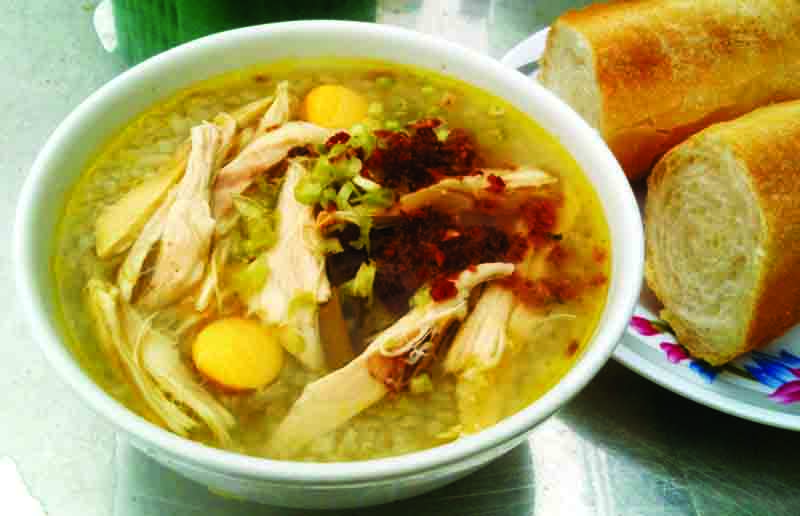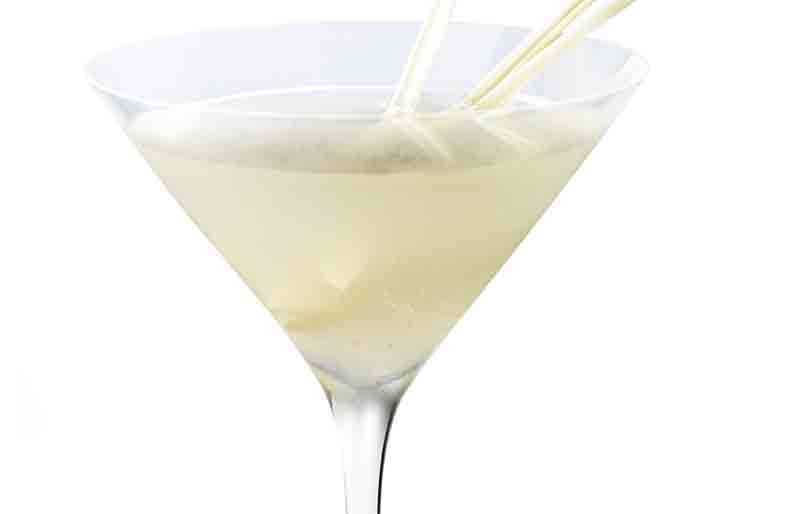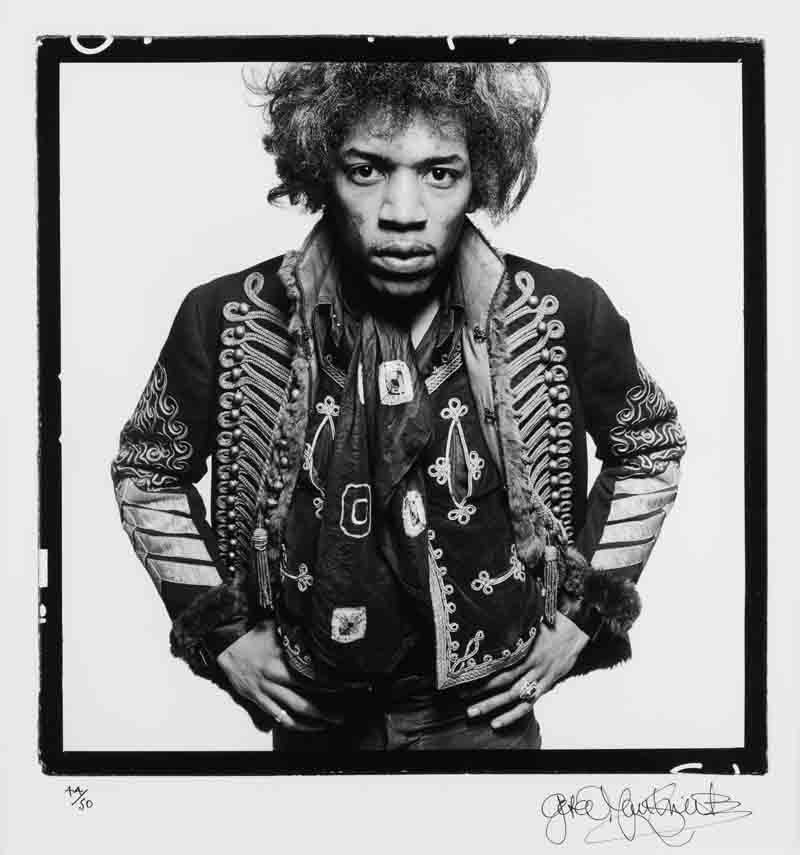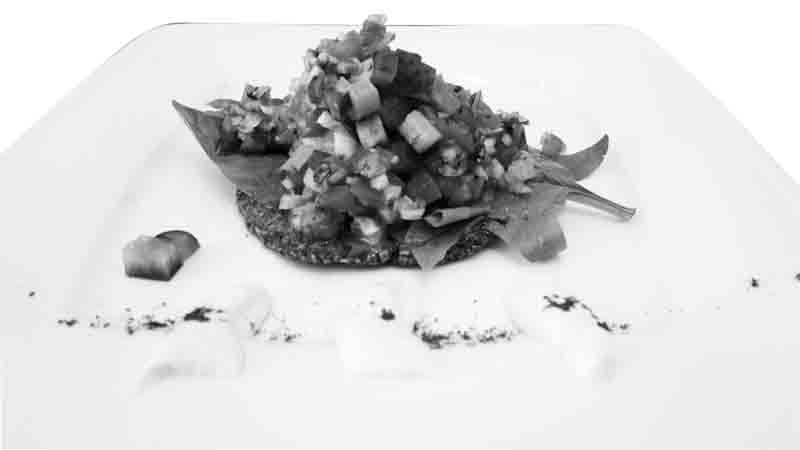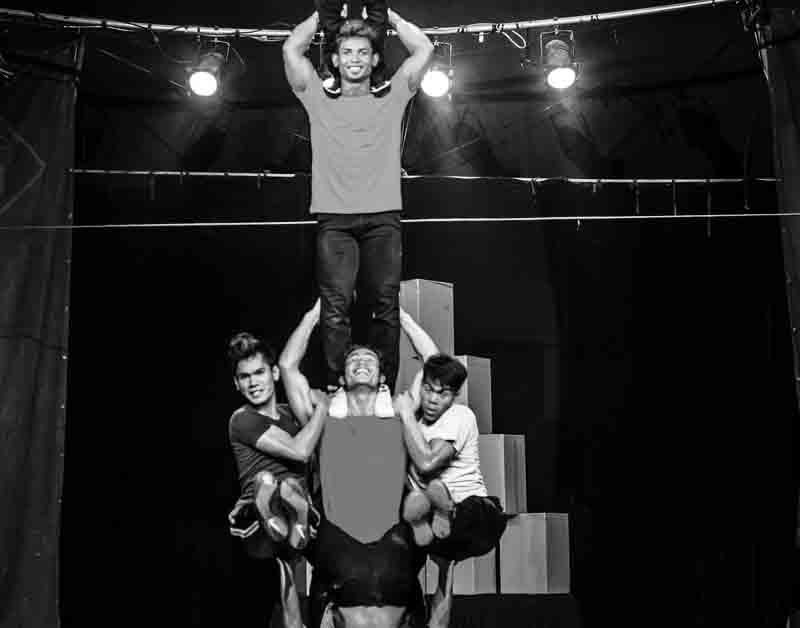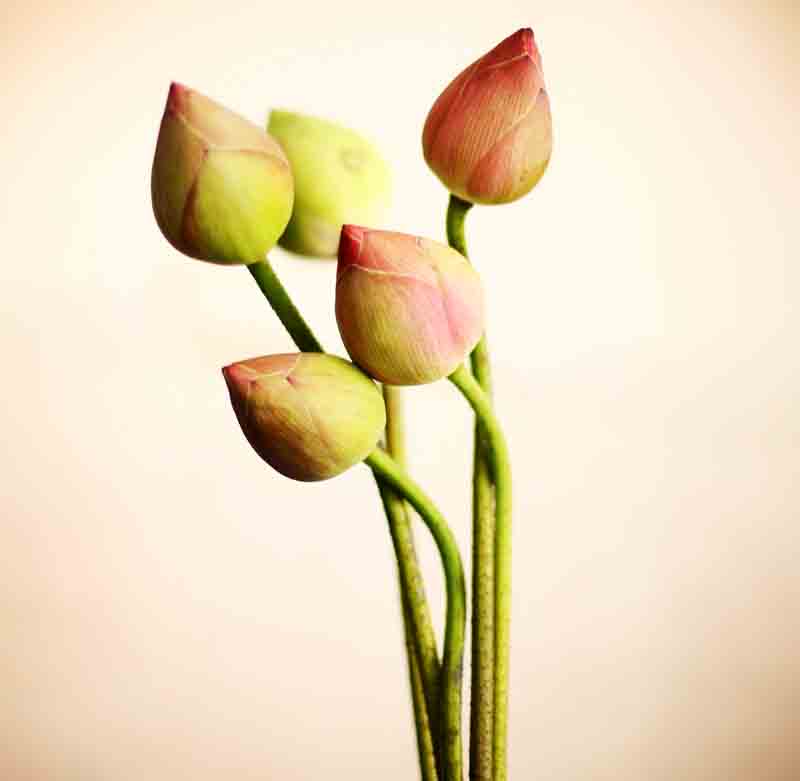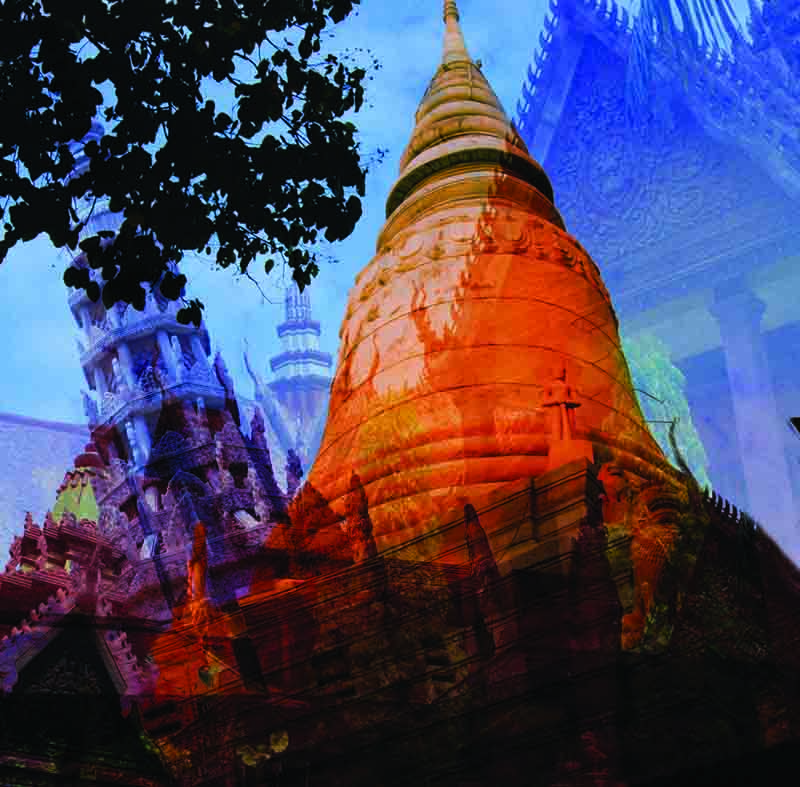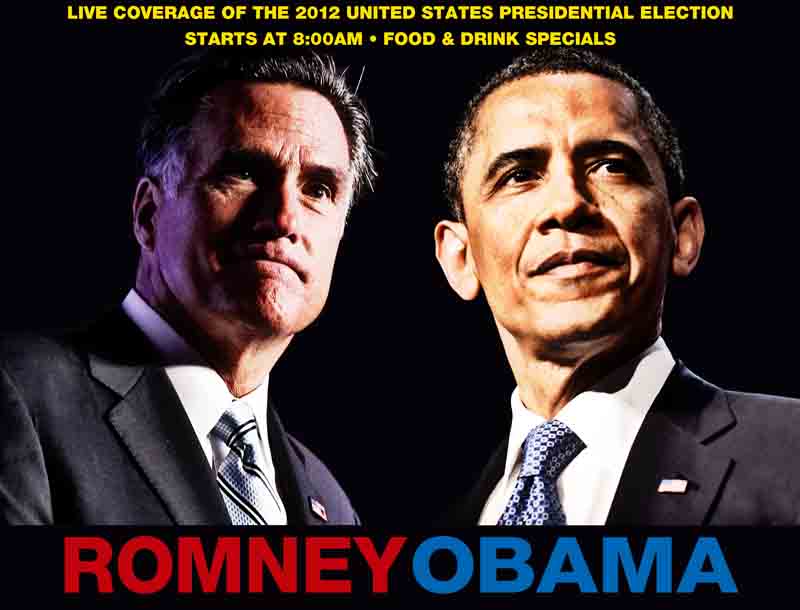THE VERDICT Cambodia’s capital has been weighed, it has been measured, and it has not in the least bit been found wanting. In what world could anywhere possibly beat Phnom Penh? So here it is: the absolute Best Of 2012 – the city’s finest arts & entertainment; people and places, and eats and treats – as voted for by YOU.
Best place to meet gangsters
St Tropez
No evening in Phnom Penh is complete without spending time in the company of the city’s high-rolling gangsters. We’re not talking rinky-dink small-timers here; we’re talking about the Lexus-Rolex-Moet crowd. If that’s how you get your kicks, St Tropez is the place for you. Saunter around in stilettos for three minutes and you’ll be invited to partake of beverages with Japanese businessmen with – as most mothers would have it – ‘more money than sense’. They may look like teddy bears on the outside, but under their suits lie wonderlands of yakuza tattoos. Trust us, we speak from experience. Don’t forget to check your firearms at the entrance.
Best junior genius
Reaksmey Yean
The man, the myth, the afro: fast becoming something of a local celebrity, self-proclaimed arts advocate Reaksmey is involved in just about every cultural event the city has. When he’s not inspiring his Battambang-based arts collective Trotchaek Pneik, you’ll find him co-organising cultural festivals, or sharing pearls of wisdom on art and revolution from Singapore to Slovenia. As the city’s first Khmer curator, based in Equinox’s informal gallery space, it’s probably safe to say that Reaksmey and his ‘fro may just be the face of the future.
Best empty threat
Election weekend alcohol ban
Out of a desire for sober and rational decision making during the commune elections, the powers that be ordered a country-wide ban on the sale and consumption of alcohol from midnight June 2 (a Friday) to midnight June 4 (a Sunday). Surely, this wouldn’t impact the foreign community, non-citizens who can’t vote anyway, right? The answer is yes and no. Shops did not sell any booze whatsoever… to people who weren’t regulars. Expatriate watering-holes didn’t serve any alcohol either… unless it was in a coffee cup, or the venue’s doors and windows were tinted black. With some patrons embracing the occasion by bar-hopping in 1920s gangster attire, it was a wonderful party for everyone who risked… well, not a whole lot, as it turned out.
Best friend we’ve lost this year
The badly subtitled channel
As anyone who’s bought DVDs locally knows, it’s common practice in the bootlegging industry to use translation software to get new releases out as fast as possible. Fair enough. Luckily for us, these movies are translated from English to Chinese and then back into English again, often with hilarious results. Up until quite recently, bold and brazen television pirates have aired these subtitled films, filling our living rooms with laughter and joy. These great interpretations of the language are brought to you by the people who translate the famous line “I’m as mad as hell and I’m not gonna take this any more” from The Network as “ANGRY IS NO MORE!” Of course, we could just buy DVDs at the Russian Market and turn on closed captioning, but it just isn’t the same. We miss you, buddy.
Best place to feel better about yourself
Walkabout
If Charles Bukowski, the American poet and novelist infamous for boozing and whoring (think Hemingway in the slums of Los Angeles), were alive today and stumbled into Walkabout on Street 51, he’d probably take a look around, consider it far too seedy, and leave quietly and quickly. Home to dead-beats, scoundrels, miscreants, loose women, and drinks which cost more than they should, Walkabout is a ‘sports bar’ open 24 hours a day which serves greasy Western food to greasy Western people. For maximum feel-better-about-yourself effect, it’s best to go in the pre-noon daylight hours when you can’t tell whether people are waking up with beer or simply haven’t slept yet. You’ll leave with a smile on your face, a tune in your heart, and wildly renewed self-esteem.
Best bandwagon jumping
Angry Birds Foreign Language School
In the rural depths of Banteay Meanchey province, language schools have been dropping like flies for want of students – until July when Yem Nary came up with a sure-fire way to lure in young learners: tricking them into thinking the school was an arcade! “I had an idea that if I created a school and gave it a strange name to attract the children, then they would ask their parents to study at my school,” she explained. Inspiring cries of ‘This has gone too far!’, Angry Birds Foreign Language School was born. At $2.50 per month, one can only hope the education lives up to the standard set by its name.
Best supernatural phenomenon
King Father goes to the Moon
King Father Norodom Sihanouk may have recently left this world, but the move is just one more step on his continuing cosmic journey. As if by way of assurance, the King Father took a brief pit stop shortly after his passing to smile down upon his people from the Moon. In the days since, the man noted by the Guinness Book of World Records as having held the greatest number of political titles has assumed the posts of Prime Minister of the Moon, King of the Moon, Emperor of the Moon, and Big Lunar Kahuna. Asked by reporters if he had any final words, the King Father simply requested that he be sent his golf clubs.
Best Cambodian politician cowering in self-exile
Sam Rainsy
In Buddhism’s 134 worlds of hell, surely there is one reserved for fast-talking politicians who run their mouth and then run away, leaving their followers to take the fall. Sam Rainsy has officially crossed the ruling party three times – twice for defamation, once for racial incitement and destruction of property – and each time, rather than sack up and face the bull, the Phnom Penh city slicker has fled to France, where he speaks in solemn tones about fighting the system. By contrast, his security chief, Srun Vong Vannak, did 18 months in T-3. Outspoken gadflies Cheam Channy, Khem Sokha and Mom Sonando (yet again) have all stood with the courage of their convictions and done prison time instead of cowering safely ensconced in the cafes of the Champs-Élysées. Rainsy, if he ever hopes to regain his Champion of Democracy status, might need to do the same.
Best radio DJ
Mom Sonando
Mom Sonando, the 71-year-old owner of Beehive Radio and an unrelenting critic of the status quo, is nothing if not a bee in the establishment’s bonnet – so much so that he is currently doing a 20-year stretch for ‘insurrection’ and ‘inciting people to take up weapons against the state’, charges everyone from the US State Department on down call absolute bullshit. Mom was abroad, in fact, when the court announced the charges, which carried a maximum 30-year sentence. He came home anyway, an old man willing to die in prison for the truths he held in his heart. After an arrest in 2003, Mom Sonando told journalists: “They blame me for broadcasting an opinion of a listener which turned out to be untrue. But if I have to go to jail to allow people to express their opinion, I am happy.”
Best dive bar
Zeppelin Cafe
The closest thing to genuine rock ’n’ roll vintage as Phnom Penh will ever likely get, the Zeppelin Cafe is a power-chord time warp stuck on overdrive in rock music’s greatest decade. It’s like classic rock radio came to life in the form of a smoke-stained dive bar in Phnom Penh. Genuine Kiss and Sex Pistols posters adorn the walls. A rebel flag, with a skull and the words ‘Lynyrd Skynyrd’ hand-painted across it, hangs from the shop-house terrace. Cocktails start at $1.50 and wine is admiringly overpriced. Yet the defining glory of any true dive bar is a surly bar owner. The Zeppelin has Jun, as famous for his legendary collection of rock vinyl as he is for his unwillingness to play requests. Jimi Hendrix. Black Sabbath. Led Zeppelin. Cheap Trick. Deep Purple. The list of all-time greats is endless. Just don’t ask for Stairway to Heaven, or any song, for that matter. It’s Jun’s bar. Not yours.
Best tourist scam
Motorbike rental and theft
This category, incredibly, seems to have more genuine entries than the Kingdom has residents. The motorbike rental scam works like this: unsuspecting punter rocks up to the local Crappy Crappy moto-rental joint, plunks down his or her passport and rents a crappy moto with the stipulation that punter is responsible for replacing said crappy moto – at vendor-friendly inflated prices – in the event of loss or theft. Vendor gives punter a cheap lock and key for protection. Punter rides off into the sunset. Vendor stooges, who also have a key to the lock, follow in hot pursuit. Come morning, it’s bye-bye moto, bye-bye money. Hello, sucker.
Best street corner to score dope
Street 178 and Sisowath Quay
More than a few sketchy street corners in town could take the prize here, but the boys at the corner of Street 178 and Sisowath win on account of sheer unabashed ballsiness. “Buy ganja,” some tuk-tuk driver screams across the street to passing foreigners. “Buy skunk,” another one offers to a well-dressed middle-aged couple who, judging by the perplexed look on their faces, have absolutely no idea what he is talking about. “I’m going to call the police,” steamed one finally fed-up shop owner. “I am the police,” the drug dealer replied. “You want to buy ganja?”
Best place to lose your life savings
Naga Casino
Let’s face it, if you were a cashed-up zillionaire with stacks of money to burn, what better place to burn it than Naga Casino? Unlike the second-rate dens that line the streets in Bavet, Nago Casino has all kinds of class. The Aristocrat Wine & Cigar Bar sells Cubans by the box, and its list of single malts would temp Mother Teresa in for a tipple. Kick the lights at Darlin Darlin, the place’s contrived (hey, it’s a casino) opium-den disco, where dancing and semi-private lounges await. Then, when you’re ready to truly burn it, Naga’s 7,000-square-metre ‘gaming floor’ is waiting mercilessly to take your every last penny. Go ahead. Game on.
Best place to see a fight
CTN Boxing Arena
Of course by ‘fight’, we mean by people who actually know what they are doing. Not a couple of gin-soaked back-packers suffering the hallucination that Cambodia turned them into John Wayne (or for die-hard fans, John Wayne Parr, if you like). At the CTN boxing arena, intimacy, action and high-energy fans combine to create an unparalleled stage for witnessing the Kun Khmer blood sport. The arena is small, holding at most 1,500 fans, but no seat is more than a few metres from the ring. Because of the intimacy, on Sunday afternoons, when the country’s best fighters are slugging it out, the thundering, white-noise roars of the crowd are intoxicating, and a palpable rush of mob frenzy courses through the aisles.
Best hidden bar
Bar Sito
Chicago mob boss Al Capone would have appreciated a place like this. Dark wood panelling; exposed brickwork and a subterranean ambience evoke the spirit of Prohibition in 1930s America. It was a time when square-jawed gangsters roamed the streets armed with Thompson submachine guns, while anti-prohibitionists, known as ‘wets’, swarmed speakeasies in defiance of the nationwide ban on booze. These high-class hang-outs were more often than not owned by the likes of the man called Scarface and reeked of the indulgence that went hand-in-hand with criminal enterprise. Such is Bar Sito, Spanish for ‘small bar’ – the newest creation by the brains behind Chinese House and Botanico. But be warned: finding your way into Bar Sito is almost as hard as finding your way out of Alcatraz. It’s tucked away on the Phnom Penh equivalent of Platform 9¾ in the King’s Cross Station of JK Rowling’s Harry Potter novels. Navigate by standing with your back to the doors of Wine Warehouse at #32 Street 240 then turning to your right. Take a few paces and you’ll pass an arts space called Mosaic Gallery. Beyond its far edge you’ll see a small walkway that snakes off to the right. Follow it. When you’re directly in front of the Japanese furniture shop, turn to your right: on the heavy looking wooden door now in front of you you’ll see a discreet metal plaque that reads ‘Bar Sito’. Bada bing.
Best rebel with a cause
HRH Princess Soma Norodom
Dwarfed by tropical topiary that has been manicured by the hands of 100 gardeners, the figure perched on a tiny bridge fidgets in front of the camera. “Is this OK?” She inclines her head slightly and a delicate diamante tiara, borrowed from her seamstress especially for the photo shoot, slides with a ‘plop’ into the fishpond below. Soma “Please don’t call me ‘Princess’” Norodom spent her formative years in Long Beach, California, her royal lineage a closely guarded secret. In 2010, she gave up a flourishing media career in the US to come home and take care of her dying father. Here, this impossibly charming royal rebel has hosted a progressive English-language radio talk show; become a popular conduit for an establishment many consider outmoded, and striven to challenge the status-quo in the most constructive ways possible. Naysayers would do well to remember the words of Theodore Roosevelt: “It is not the critic who counts; not the man who points out how the strong man stumbles, or where the doer of deeds could have done them better. The credit belongs to the man who is actually in the arena, whose face is marred by dust and sweat and blood, who strives valiantly; who errs and comes short again and again; because there is not effort without error and shortcomings; but who does actually strive to do the deed; who knows the great enthusiasm, the great devotion, who spends himself in a worthy cause, who at the best knows in the end the triumph of high achievement and who at the worst, if he fails, at least he fails while daring greatly.”
Best place to get injured in a mosh pit
Sliten6ix and Anti-Fate gigs
The meat-grinder is completely without mercy, devouring all flesh that strays into its gravitational pull. Bodies are sucked violently into the vortex, necks whipping back and forth like striking cobras. Clenched fists flail the air, showering high arcs of sweat. In the epicentre of this churning maelstrom, to the visceral screech of Cambodia’s first and only deathcore band, a trio of black-clad teens has linked arms, and is dancing – of all things – the can-can. This is moshing, Sliten6ix style (the ‘6’ refers to ‘five individual souls conjoining together and creating one metal soul’; the ‘sliten’ means ‘slit and sewn’). They’re the vanguard of Phnom Penh’s new metal militia and when they’re sharing the stage (most often at Sharky’s and Equinox) with all-Khmer punk rockers The Anti-Fate, they catalyse what is quite possibly the country’s only Wall Of Death. Watching headbangers smash full-bore into each other is nothing if not a spectacular spectator sport, but know this: stray too close and you could sustain serious injury. \m/
Best comeuppance
Duch’s life sentence
Within the clinical white walls of the Extraordinary Chambers of the Courts of Cambodia, S-21 prison chief Kaing Guek Eav, alias Duch, took the stand. For a brief moment his eyes locked with those of Rob Hamill, whose big brother Kerry was tortured to death at the notorious Khmer Rouge interrogation centre in 1978. “He challenged me: it was more than a feeling,” says Hamill, who came here in 2009 to retrace his brother’s final steps before delivering one of the tribunal’s most incendiary testimonies. “The judges came in, we stood up and I looked across the courtroom and he was just staring at me. We stared at each other for about 10 seconds. I felt that was quite a challenging thing to do, for someone who was supposedly remorseful and seeking forgiveness. It intrigued me. For me, trying to forgive, it didn’t bode well.” When Duch’s sentence was reduced from 30 years to 19 for time served, it got worse: the man who presided over as many as 17,000 executions could one day walk free. And worse: he later appealed. In February judges at the UN-backed court not only rejected that appeal but increased the sentence from 35 years to life imprisonment. Now that’s karma.
